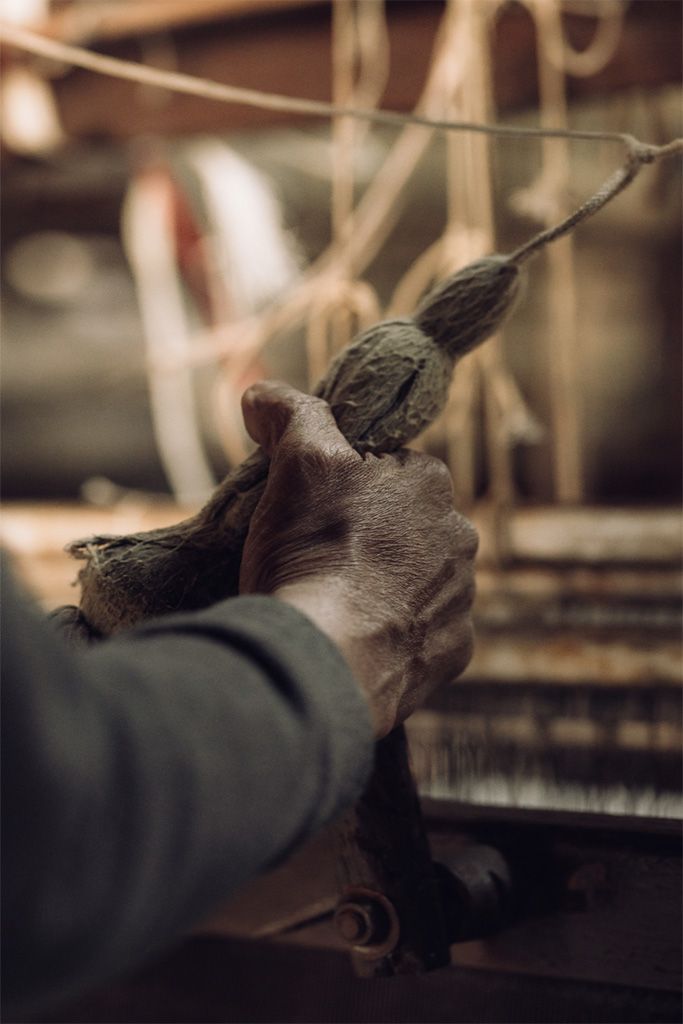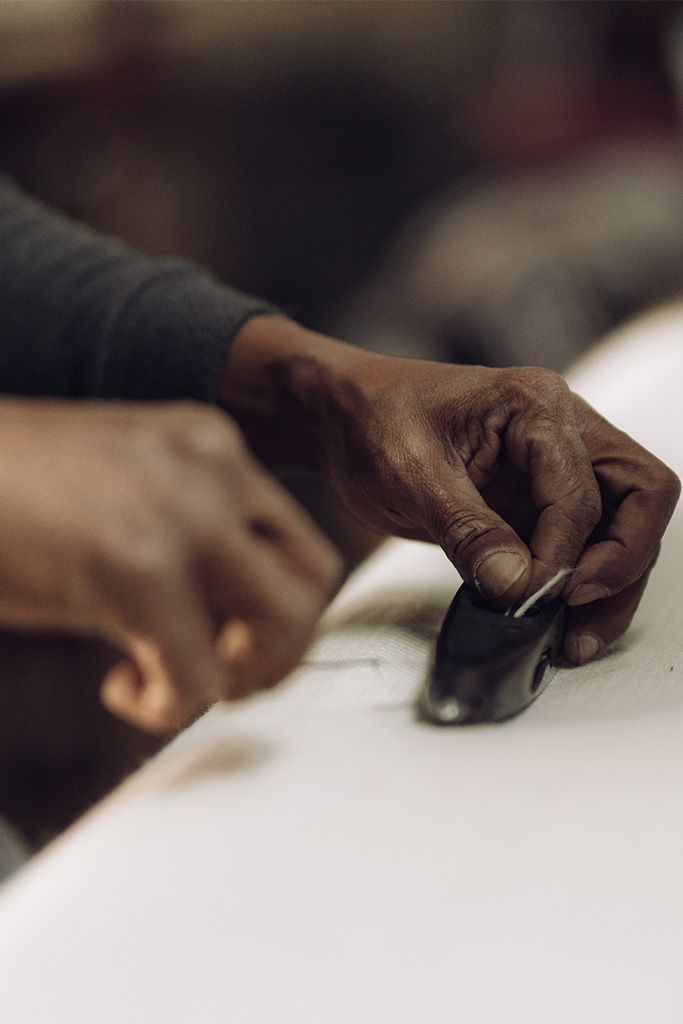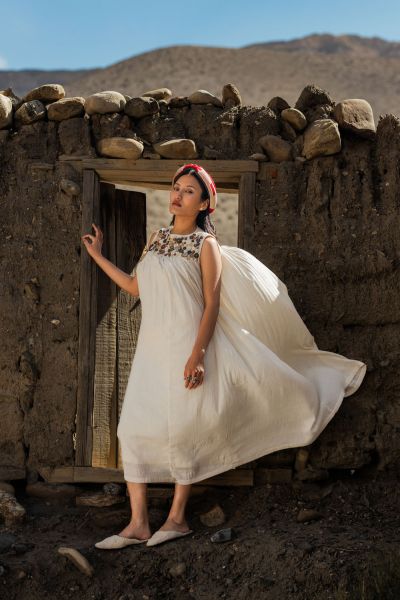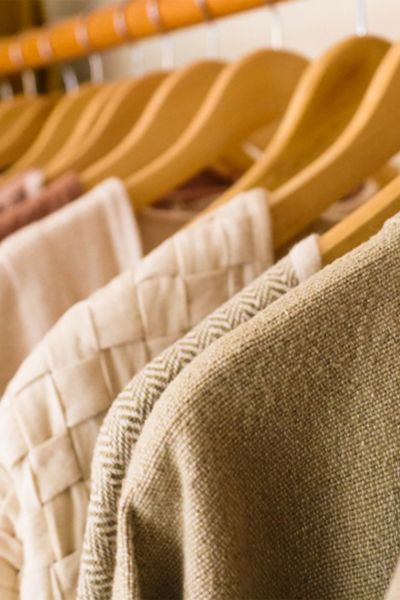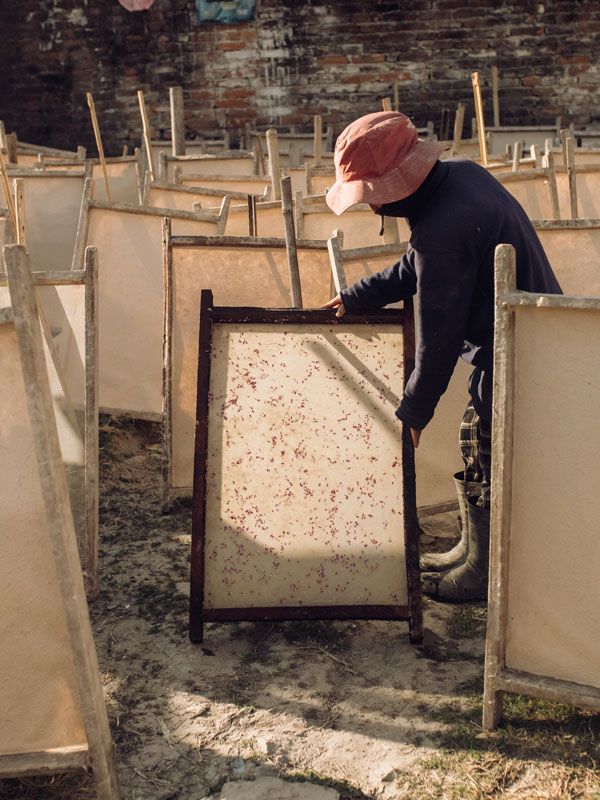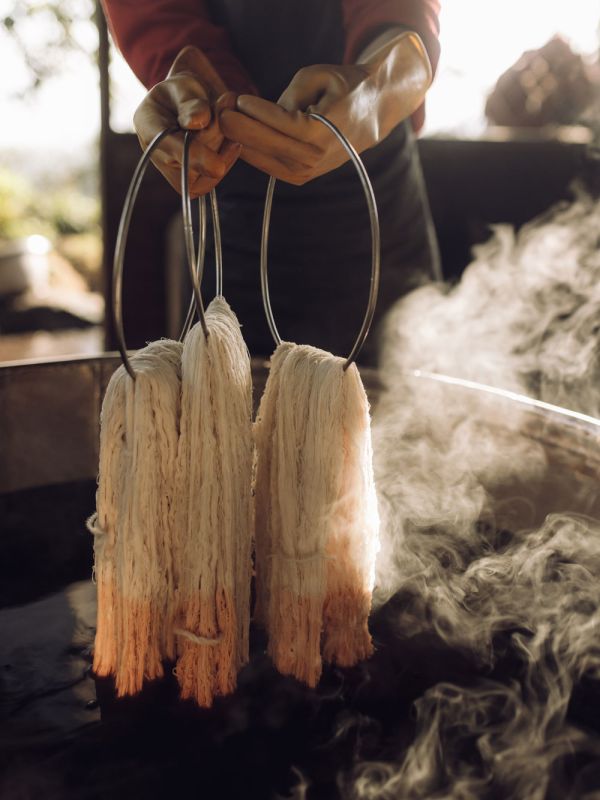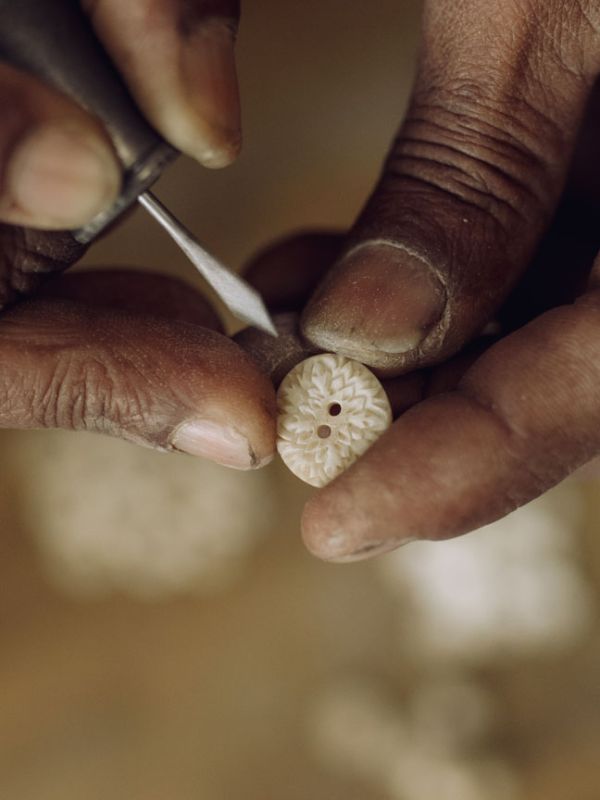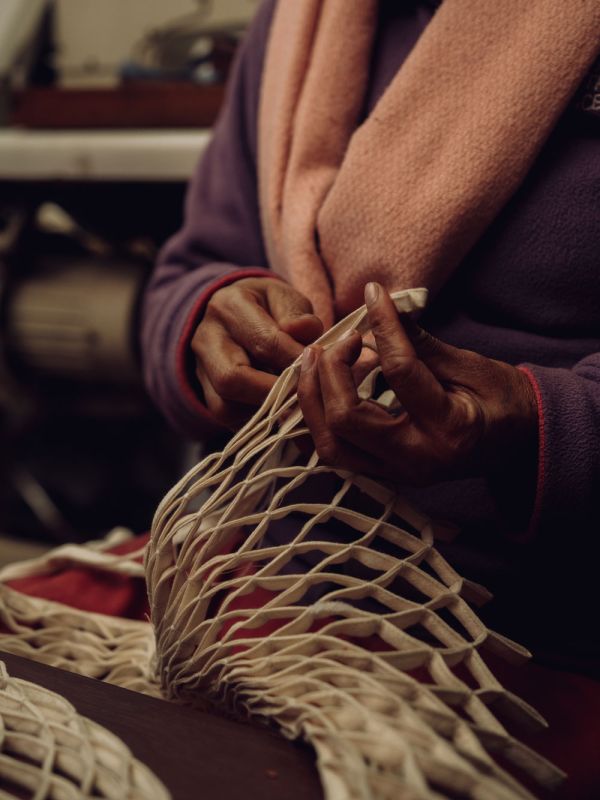Crafted, Not Produced: Honoring the Handloom
Handwoven fabric is not just beautiful—it’s meaningful. It has a much lower carbon footprint than machine-made textiles, requires minimal energy, and avoids the industrial pollution common in large-scale textile mills. Every meter woven creates a livelihood for an artisan, empowering communities while reducing environmental harm. It’s sustainability woven into every thread.
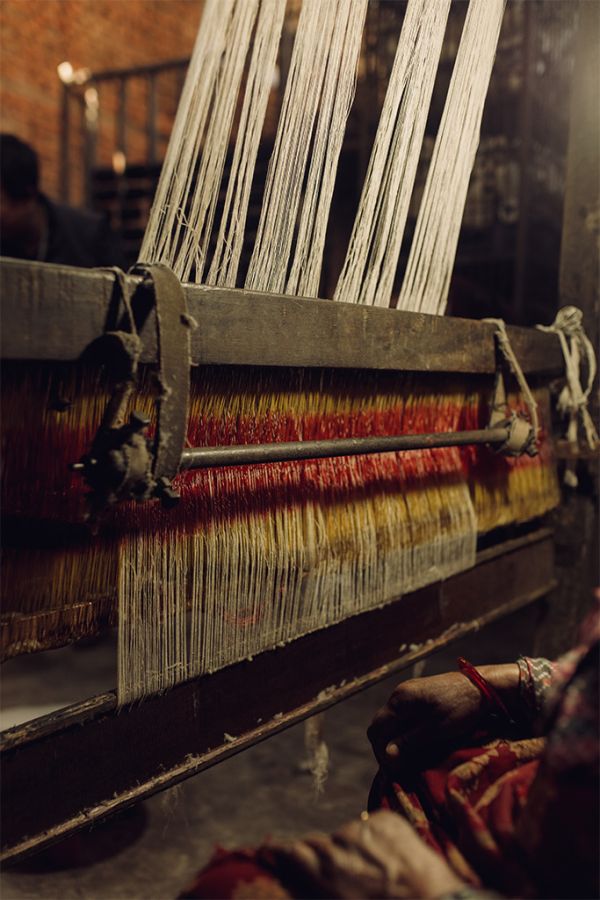
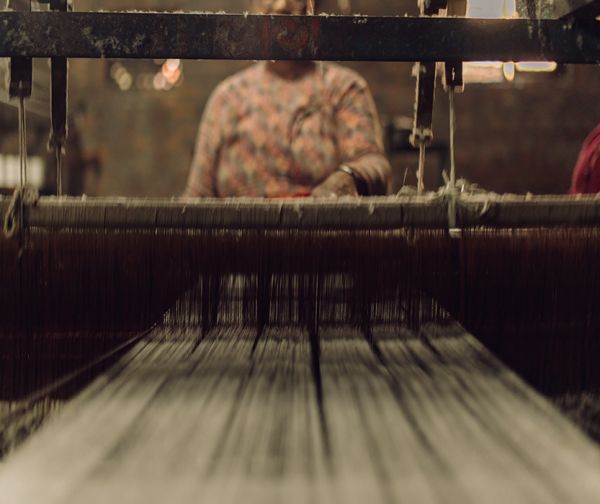
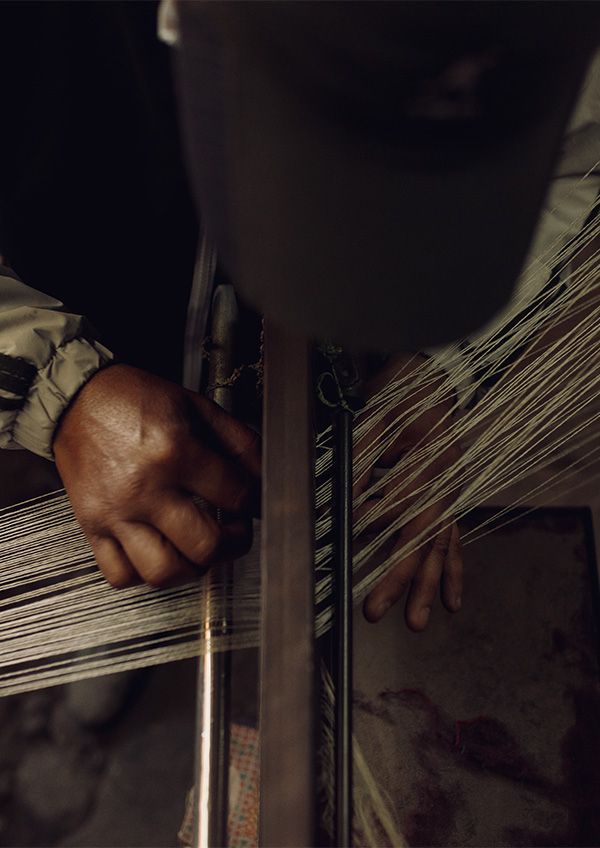
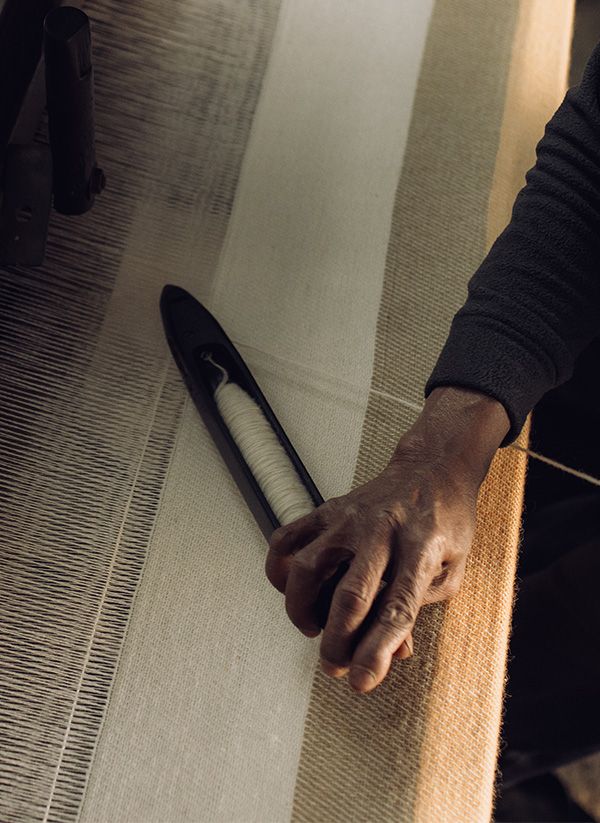
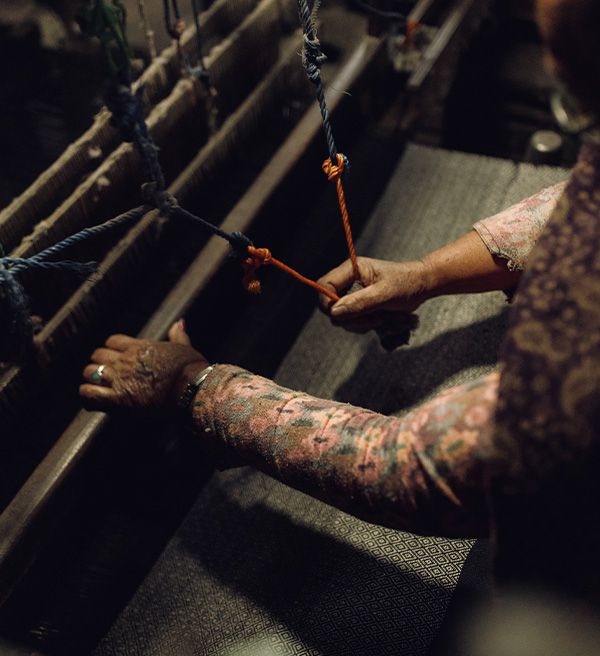





At Jijivisha, we’re committed to preserving the art of handweaving—a craft that is slowly fading in the age of mass production. In Nepal, skilled weavers still carry the knowledge of working traditional looms by hand. As machines take over with faster, cheaper fabric production, the demand for this delicate, slow process is declining. Our goal is to support these artisans by creating a space where handwoven fabric is not just relevant again—but celebrated.
There’s something special about handwoven fabric: its texture, its slight irregularities, the human touch in every line. It isn’t perfectly uniform—and that’s the point. The variations give each piece depth, character, and uniqueness. No two garments are ever exactly alike, making each one a story of its own.
We currently use two weaving techniques: 100% handwoven and partially handwoven. Our fully handwoven fabrics are crafted entirely by artisans using non-automated looms. For materials that are difficult to weave by hand, we use basic manual machines that assist the process while still requiring human skill to operate.


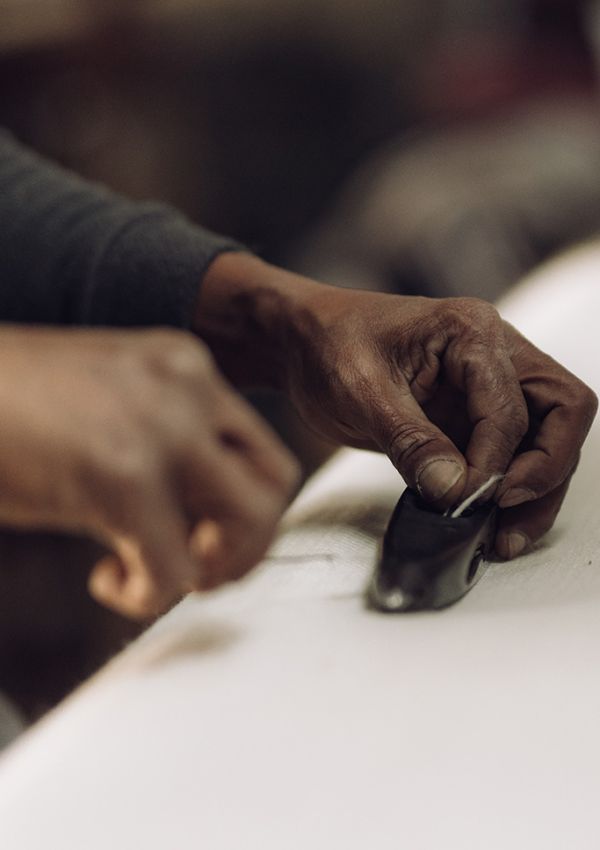
Woven with Purpose
Every thread tells a story—of heritage, of human hands, and of hope. By choosing handwoven, you’re choosing slow fashion with soul.
